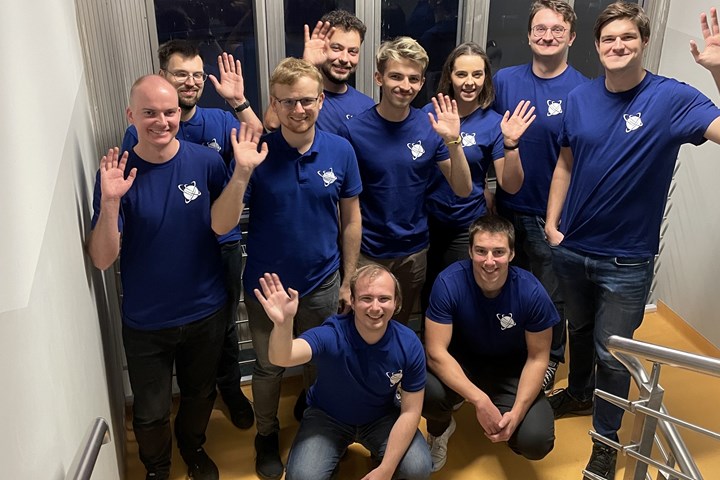CRP Technology signs technical partnership for space exploration, tech development
Collaboration with UAE private aerospace company will bring 3D-printed Windform composite materials to development of the Lunaris moon mission payload.
Industrial 3D printing service CRP Technology (Modena, Italy) has officially joined UAE private aerospace company Orbital Space (Dubai, UAE) as a partner for its Lunaris moon mission. CRP Technology will 3D print the lunar payload using its Windform composite materials.
Established in 2018, Orbital Space is dedicated to the exploration and development of space technologies. With a focus on educational space missions and scientific research, Orbital Space claims that it is at the forefront of commercial space exploration in the Arab Gulf countries, collaborating with public and private partners to make space accessible to everyone.
“We continue to forge new partnerships with leading companies in different industries to allow us to achieve our aspirations in making space accessible to all,” Dr. Bassam Alfeeli, general manager of Orbital Space, says. “We believe CRP Technology’s knowledge and expertise in space-qualified materials will bring great value to the mission and contribute to its success.”
“We have gained a lot of experience in the aerospace sector,” Franco Cevolini, CEO and CTO at CRP Technology, notes. “Our space-qualified Windform materials are achieving resounding success and appreciation as they meet the rigid mechanical properties required for space applications.”
CRP Technology will be manufacturing some functional parts and components for the lunar payload using professional 3D printing (selective laser sintering, a powder bed fusion process) and Windform high-performance composite materials that fulfill space environment requirements.
For related information, read “Windform LX 3.0 composites contribute to OreSat0 CubeSat deployment.”
Related Content
-
Sulapac introduces Sulapac Flow 1.7 to replace PLA, ABS and PP in FDM, FGF
Available as filament and granules for extrusion, new wood composite matches properties yet is compostable, eliminates microplastics and reduces carbon footprint.
-
Pultrusion: The basics
A primer describing what pultrusion is, its advantages and disadvantages, and typical applications.
-
Active core molding: A new way to make composite parts
Koridion expandable material is combined with induction-heated molds to make high-quality, complex-shaped parts in minutes with 40% less material and 90% less energy, unlocking new possibilities in design and production.
















